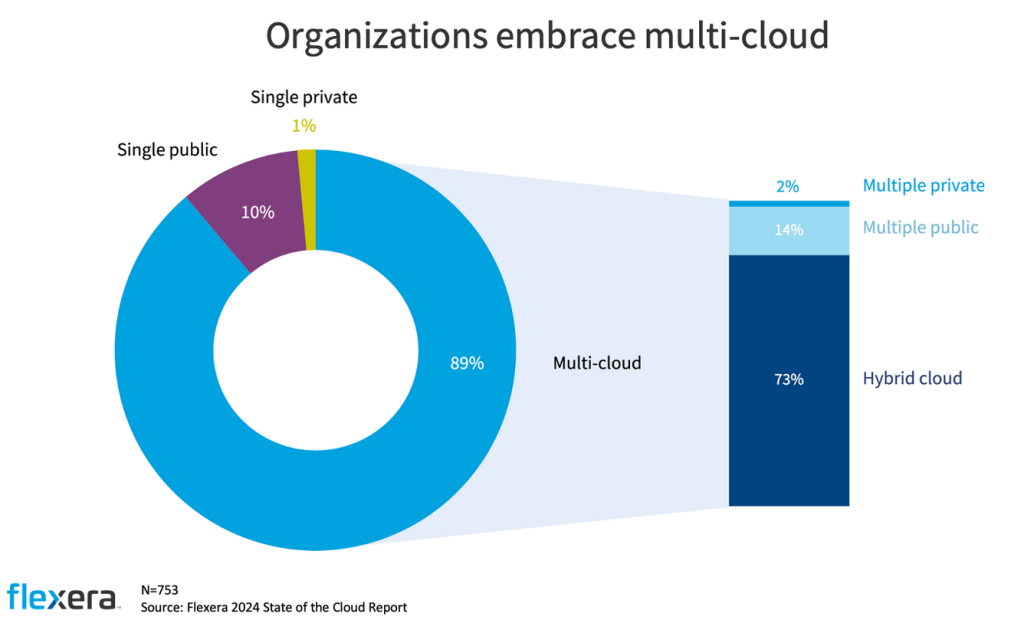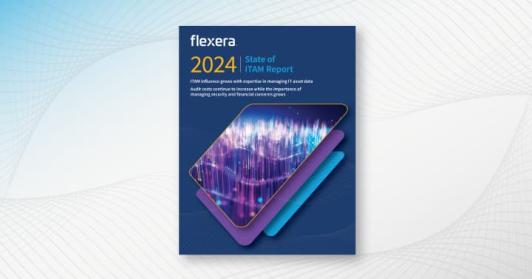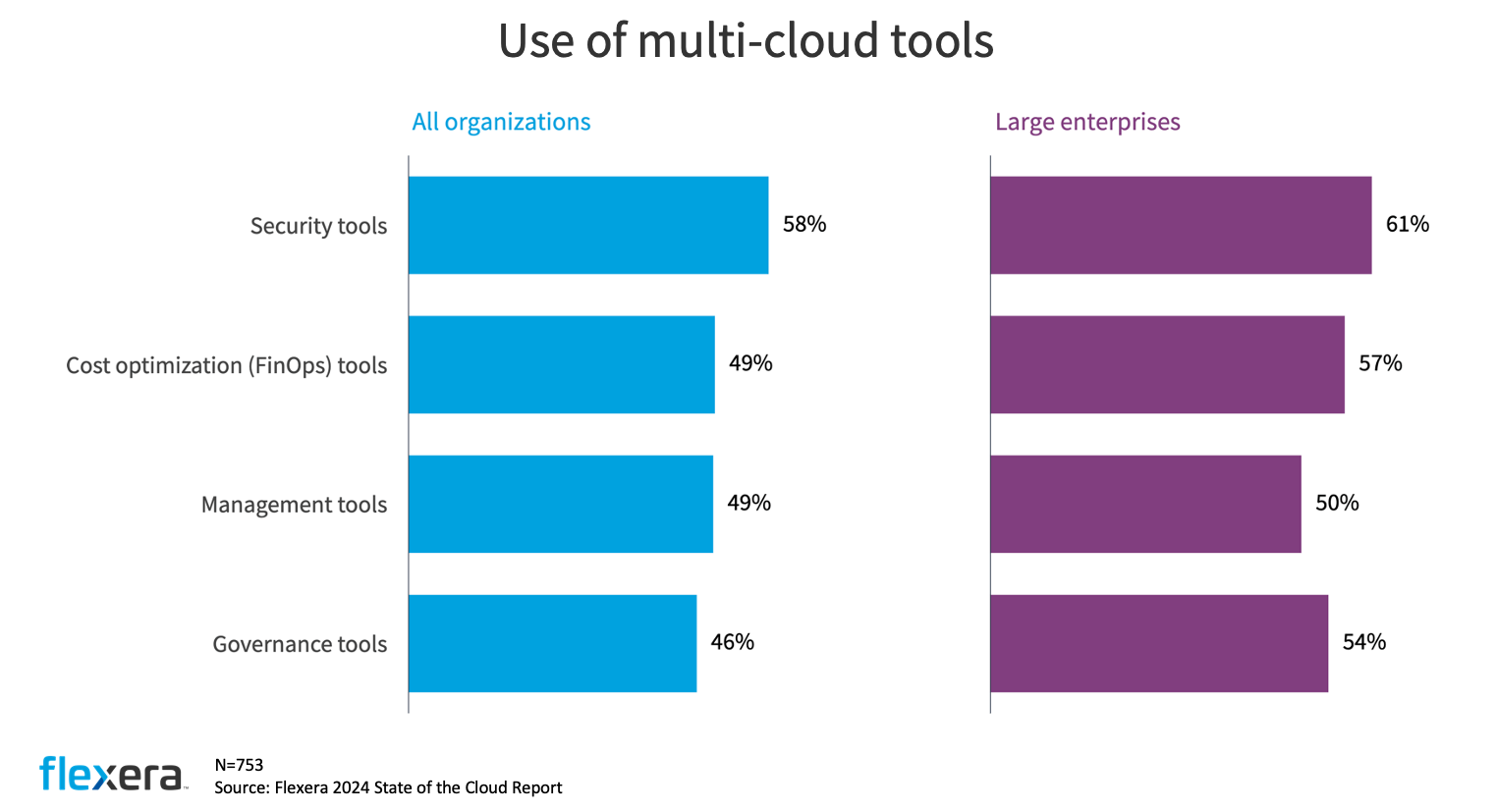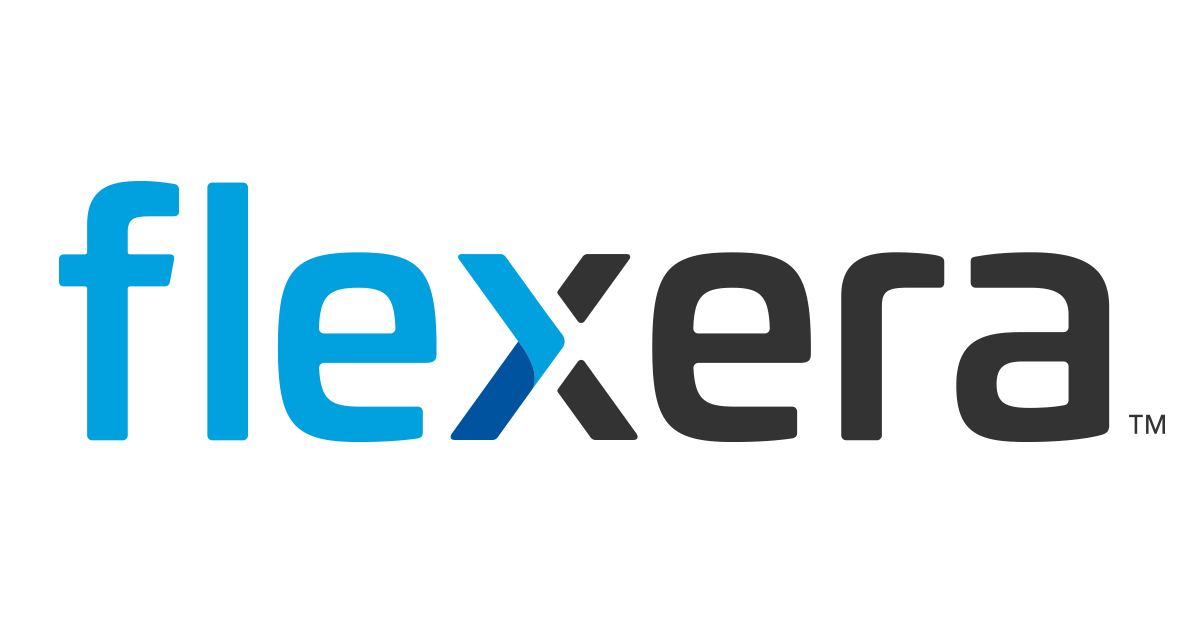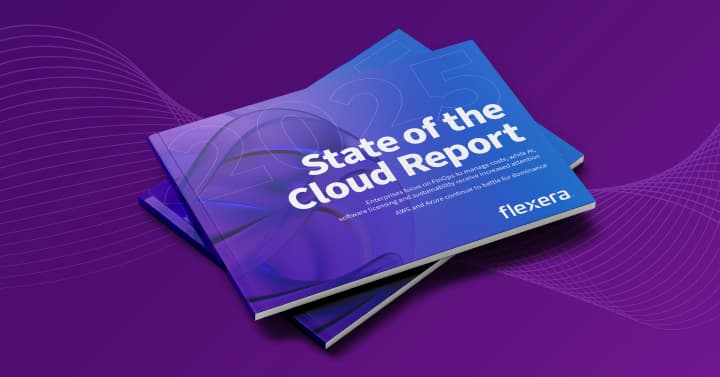Flexera State Of The Cloud 2024

The relentless march towards cloud adoption continues, yet the landscape is becoming increasingly complex. Businesses are grappling with cost optimization, security vulnerabilities, and a persistent skills gap, even as they seek to leverage the cloud for innovation and competitive advantage. The latest Flexera State of the Cloud Report, 2024, paints a detailed picture of this evolving reality, revealing key trends and challenges that are shaping the future of cloud computing.
This report, based on a survey of 750 global cloud decision-makers and users, acts as a vital compass for navigating the turbulent waters of cloud adoption. It provides critical insights into cloud spending, adoption rates, challenges, and strategies for optimizing cloud environments. The findings underscore the growing importance of multi-cloud strategies, the urgent need for cost management, and the ongoing struggle to find and retain qualified cloud professionals.
Multi-Cloud Remains Dominant
The report reaffirms the prevalence of multi-cloud strategies. A significant 87% of organizations have adopted a multi-cloud approach, indicating a preference for leveraging different cloud providers for specific needs or to mitigate vendor lock-in. This highlights a move away from reliance on a single provider and towards a more diversified and resilient cloud infrastructure.
Organizations are utilizing an average of 2.5 public clouds and 2.4 private clouds. This diverse deployment strategy presents both opportunities and challenges. Increased flexibility and choice are balanced against the complexities of managing disparate environments.
Public Cloud Adoption
Amazon Web Services (AWS), Microsoft Azure, and Google Cloud Platform (GCP) remain the dominant public cloud providers. Azure continues to close the gap with AWS in terms of adoption, although AWS maintains its lead. GCP also shows steady growth, particularly among larger organizations.
The report reveals a nuanced picture of public cloud usage. While basic infrastructure services are widely adopted, organizations are increasingly exploring more advanced services such as AI/ML, serverless computing, and containerization.
Private Cloud's Enduring Role
Private cloud adoption remains strong, with many organizations running workloads on-premises or in hosted private clouds. This suggests that a hybrid cloud approach – combining public and private cloud resources – is a popular strategy for balancing security, compliance, and performance requirements.
VMware remains a dominant player in the private cloud space, though other technologies like OpenStack and bare metal servers are also utilized. The choice of private cloud platform often depends on factors such as existing infrastructure, skill sets, and specific workload requirements.
The Cost Optimization Imperative
Cloud cost optimization is now a top priority for organizations. The report indicates that reducing cloud waste and improving resource utilization are key concerns. Organizations are seeking ways to optimize their cloud spending through strategies such as rightsizing instances, identifying and eliminating idle resources, and leveraging cloud provider discounts.
A significant portion of cloud spending is wasted due to inefficient resource allocation and a lack of visibility into cloud usage. Many organizations lack the tools and processes to effectively manage their cloud costs. This results in unnecessary spending and a diminished return on investment in cloud technologies.
FinOps, or cloud financial operations, is gaining traction as a discipline for managing cloud costs. Organizations are adopting FinOps practices to improve visibility into cloud spending, establish accountability for cloud costs, and drive a culture of cost optimization.
Security Concerns Persist
Cloud security remains a significant concern. Organizations are struggling to maintain adequate security posture in the cloud, especially with the rise of sophisticated cyber threats and the increasing complexity of cloud environments. Data breaches, misconfigurations, and a lack of visibility are among the top security challenges.
The report highlights the importance of implementing strong security controls and adhering to security best practices. This includes using encryption, implementing multi-factor authentication, and continuously monitoring cloud environments for vulnerabilities. A shared responsibility model, where both the cloud provider and the customer share responsibility for security, requires clarity and diligent execution.
Skills gap is a major impediment to cloud security. Organizations are struggling to find and retain skilled cloud security professionals who can effectively protect their cloud environments. Investing in training and development is crucial for closing this gap.
Addressing the Skills Gap
The shortage of skilled cloud professionals continues to be a major obstacle to cloud adoption. Organizations are finding it difficult to find and retain individuals with the necessary expertise in areas such as cloud architecture, security, and DevOps. This skills gap is hindering innovation and slowing down cloud migration efforts.
The report underscores the importance of investing in training and development programs to upskill existing employees and attract new talent. Organizations are also exploring alternative strategies such as outsourcing and managed services to address the skills gap.
Companies are investing heavily in automation to compensate for the skills shortage. Automating repetitive tasks and streamlining cloud management processes can help organizations reduce their reliance on manual intervention and improve efficiency.
Looking Ahead
The Flexera State of the Cloud Report 2024 provides valuable insights into the current state of cloud adoption and the challenges facing organizations. As cloud technologies continue to evolve, it is crucial for businesses to stay informed, adapt their strategies, and invest in the skills and tools necessary to succeed in the cloud. Cost optimization, security, and addressing the skills gap will remain top priorities.
The future of cloud computing is likely to be characterized by even greater complexity and dynamism. Organizations will need to embrace a strategic and holistic approach to cloud management, leveraging automation, AI, and other emerging technologies to navigate the ever-changing landscape and unlock the full potential of the cloud. Staying agile and adaptable will be paramount for success.










